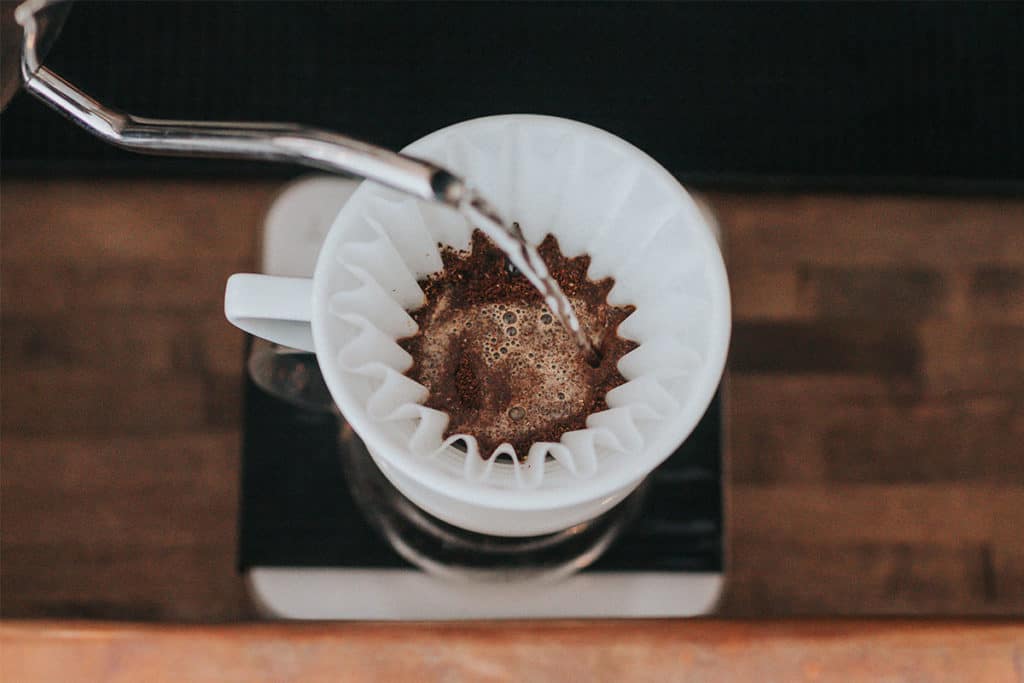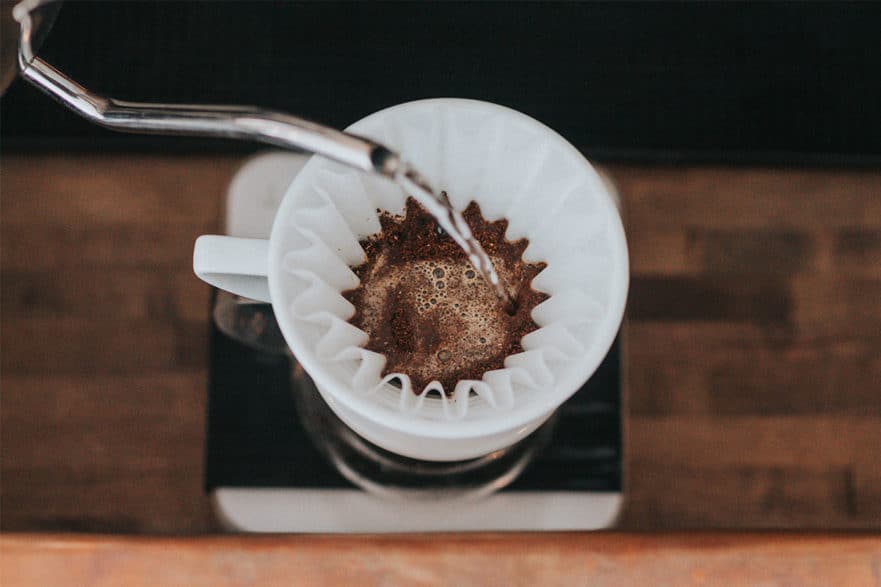
Brewing a great cup of coffee at home comes down to getting the details right, and one of the most important is the coffee-to-water ratio. This simple formula—how much coffee you use compared to water—shapes your coffee’s strength, flavor, and balance. Too much water, and your coffee Avatar is weak and watery. Too little, and it’s bitter and harsh.
In this guide, we’ll break down the best coffee-to-water ratios for popular brewing methods, plus tips to help you dial in your perfect cup. Whether you’re using a drip machine, French press, or cold brew setup, we’ve got you covered.
Why Coffee-to-Water Ratio Matters
The coffee-to-water ratio is the weight of ground coffee to the weight of water, expressed as a ratio like 1:16 (1 gram of coffee to 16 grams of water). This balance controls how much flavor is extracted from the grounds. A higher coffee ratio (e.g., 1:15) makes a stronger, bolder cup, while a lower ratio (e.g., 1:18) yields a lighter, milder brew. The right ratio depends on your taste, the brewing method, and the coffee’s roast and grind size.
Ratios for Popular Brewing Methods
Each brewing method extracts coffee differently, so the ideal ratio varies. Here’s a breakdown of the most common methods, with recommended ratios and grind sizes.
| Brewing Method | Recommended Ratio | Grind Size | Notes |
|---|---|---|---|
| Drip Coffee | 1:16 to 1:17 | Medium | Use 1:15 for a stronger cup. |
| Pour-Over | 1:16 to 1:17 | Medium-fine | Adjust water flow for control. |
| French Press | 1:12 to 1:15 | Coarse | Bolder flavor due to immersion. |
| AeroPress | 1:10 to 1:15 | Medium-fine | Versatile; try inverted method. |
| Espresso | 1:1 to 1:3 | Fine | Short brew time, high pressure. |
| Cold Brew | 1:8 to 1:12 | Coarse | Long steeping for smooth flavor. |
Drip Coffee
Drip coffee, the classic home brewing method, is simple and consistent. Most automatic machines work best with a 1:16 or 1:17 ratio using a medium grind. For a 6-ounce cup, that’s about 10–12 grams of coffee (roughly 2 tablespoons). If you like it stronger, try 1:15. Many machines automate timing, so focus on measuring coffee and water accurately.
Pour-Over
Pour-over brewing (e.g., Chemex, Hario V60) gives you control over water flow and temperature. A 1:16 ratio with medium-fine grounds is a great starting point, yielding a clean, balanced cup. For a stronger brew, go to 1:15. Pour slowly in a spiral to wet all grounds evenly, and keep water between 195–205°F.
French Press
French press is an immersion method, meaning grounds steep in water for 4 minutes. Use a coarse grind and a 1:12 to 1:15 ratio for a bold, full-bodied cup. For a 12-ounce brew, try 20 grams of coffee with 300 grams of water (1:15). Stir gently after adding water to ensure even extraction, then press slowly to avoid sediment.
AeroPress
The AeroPress is versatile, blending immersion and pressure. A 1:10 ratio with medium-fine grounds makes a strong, espresso-like brew, while 1:15 is lighter. For a single cup, use 15 grams of coffee with 225 grams of water (1:15). The inverted method (flipping the AeroPress upside down) allows longer steeping for more flavor.
Espresso
Espresso uses high pressure and a fine grind, with ratios from 1:1 (ristretto) to 1:3 (lungo). A standard shot is 1:2—18 grams of coffee yielding 36 grams of liquid in 25–30 seconds. Adjust the grind and tamping pressure to hit this timing. Espresso machines vary, so experiment to find your sweet spot.
Cold Brew
Cold brew steeps coarse grounds in cold water for 12–24 hours. A 1:8 ratio makes a strong, ready-to-drink brew, while 1:12 is lighter. For a 32-ounce batch, use 100 grams of coffee with 800 grams of water (1:8). Filter through a fine mesh or paper filter, and dilute with water or milk if needed.
Water Quality Matters
Coffee is 99% water, so its quality is key. Use filtered or bottled water to avoid off-flavors like chlorine. If using tap water, let it run for a few seconds to clear stale water. Heat to 195–205°F for most methods; light roasts can handle up to 212°F for better extraction. Avoid distilled or softened water, as they lack minerals that enhance flavor.
Measuring for Consistency
For precision, use a digital scale that measures in grams. If you don’t have one, here’s a rough guide:
- 1 gram of water = 1 milliliter
- 1 tablespoon of coffee ≈ 5–7 grams
For a 1:16 ratio and a 250-gram (8-ounce) cup, divide 250 by 16 to get 15.6 grams of coffee. Or, if you have 20 grams of coffee, multiply by 16 to use 320 grams of water. A scale ensures consistency, especially with beans of varying densities.
Finding Your Perfect Ratio
Taste is personal, so experiment with ratios within the recommended ranges. Keep other variables (grind size, water temperature, brew time) consistent while adjusting the ratio. Freshly ground beans, ideally within two weeks of roasting, maximize flavor. Take notes on what works to replicate your best brews.
Final Thoughts
Mastering coffee-to-water ratios is the foundation of great coffee. Start with the ratios above, measure carefully, and tweak based on your taste. With practice, you’ll brew coffee that rivals your favorite café. Grab your scale, pick a method, and start brewing!

